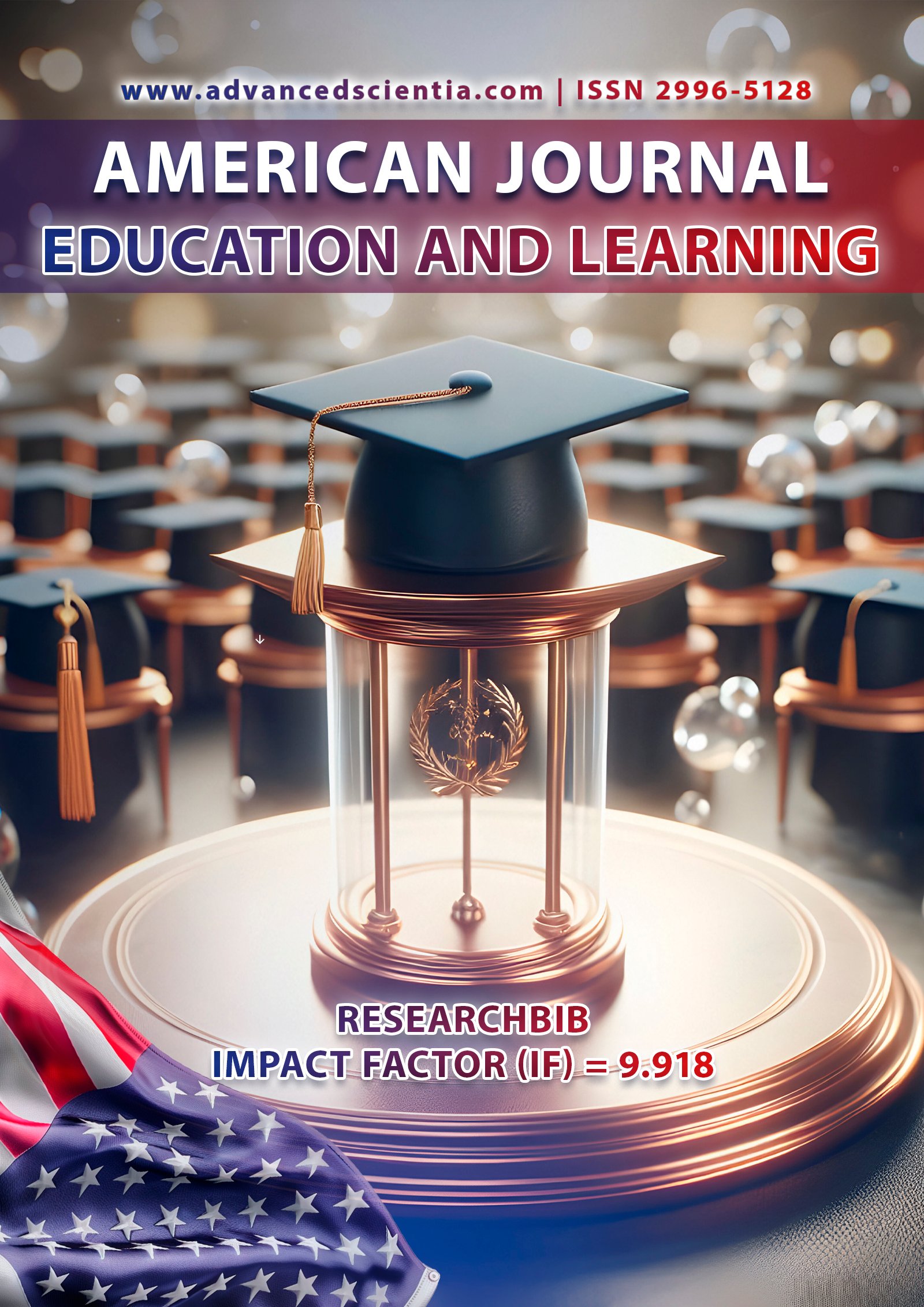EFFECTIVE METHODS TO IMPROVE WRITTEN TRANSLATION SKILLS.
Abstract
It is known that one of the most ancient and important activities of mankind was translation, because it ensured mutual understanding between peoples, ensured political stability. This article describes the features of written translation, reveals the need to teach written translation, and identifies the complexity of written translation. The formation of translation skills is described step by step.
References
1. Barabanova O. S. Practical recommendations for teaching written translation // Scientific results of the year: achievements, projects hypotheses. 2013. No. 3. P. 142-149.
2. Newmark, P. A Textbook of Translation. New York: Prentice Hall. 1988.
3. Rakhmonov, Azizkhon Bositkhonovich. "The introduction of virtual reality in the educational process: advantages and disadvantages." European science 5 (54) (2020): 39-41.
4. Bositkhonovich, Rakhmonov Azizkhon. "The role of the competence approach in pedagogical education." European Journal of Research and Reflection in Educational Sciences 2019 (2019).
5. Abduganieva, Jamila. "Some aspects of online interpreting: current state and prospects for the future." Translation Studies: Problems, Solutions and Prospects 1 (2022): 16-20.






















